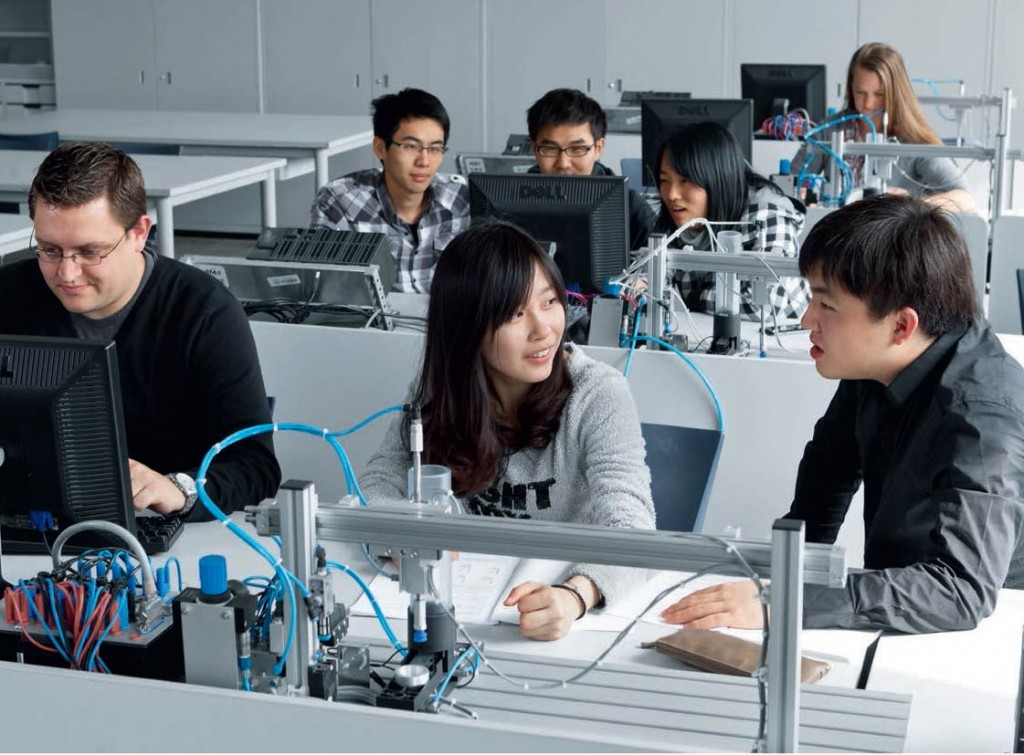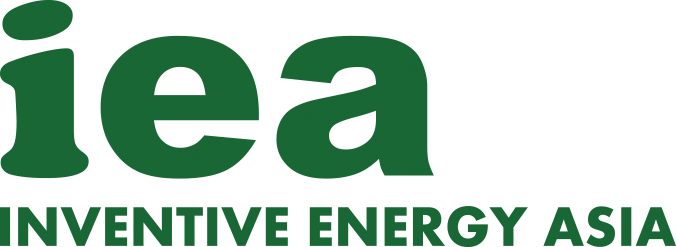Pneumatic Series:
- Industrial Pneumatics
- Maintenance of Pneumatic Equipment and Systems
Industrial Pneumatics
Course Objective
This course covers the principles of pneumatic technology. To provide the participant with an understanding of the construction and function of pneumatic components used in automation. Participants will also be able to read, design and construct simple pneumatic circuits.
Target Group
Maintenance staff, technicians, engineers and trainers
Pre-requisites:
Basic technical knowledge and able to speak, read and write in basic English & Bahasa Melayu
Duration
3 days

Course Content
- Characteristics of pneumatic systems:
– Properties of compressed air
– Advantages and disadvantages of compressed air
– Structural and signal flow of pneumatic systems - Compressed air generation, distribution and preparation: – Different types of compressors and dryers
– Design of piping system
– Role of service units - Construction and principle of pneumatic valves:
– Directional control valves
– Non-return valves
– Flow control valves
– Pressure control valves
– Combinational valves
- Construction and principle of working elements:
– Linear and rotary working elements
– Logical AND/OR – function of switch-on signal - ISO symbols for signal, controls and working elements inaccordance to ISO 1219
– Recognising and drawing of pneumatic symbol - Development and layout of simple controls:
– Direct and indirect manual controls
– Direct and indirect stroke-dependant controls - Operation of pneumatic sequencing circuits
– Representation of working sequence - Simulation and practical exercises
Maintenance of Pneumatic Equipment and Systems

Course Objective
To provide the participant with the knowledge of understanding pneumatic systems from the maintenance perspective, a systematic approach to maintenance, troubleshooting and design of pneumatic circuits is practised.
Target Group
Industrial personnel, maintenance staff, technicians, operators, designers and engineers
Course Content
• Compressed air preparation:
– Need for clean compressed air
– Compressed air receiver
– Air drying
– Distribution of compressed air
– Calculation of pipe diameter
– Air service unit
• Function and construction of pneumatic equipment:
– Directional control valves
– Other pneumatic valves
– Pneumatic actuators
• Methods for the development of pneumatic systems:
– Control chain
– Design and layout of circuit diagram
• Maintenance requirements of pneumatic systems
– Parts subject to wear-and-tear
– Preventive maintenance
• Operation of pneumatic sequencing circuits:
– Working sequence
– Methods of representation
– Design using cascade control method
• ISO Pneumatic symbols according to ISO 1219/ISO 5599
• Simulation and practical exercises
